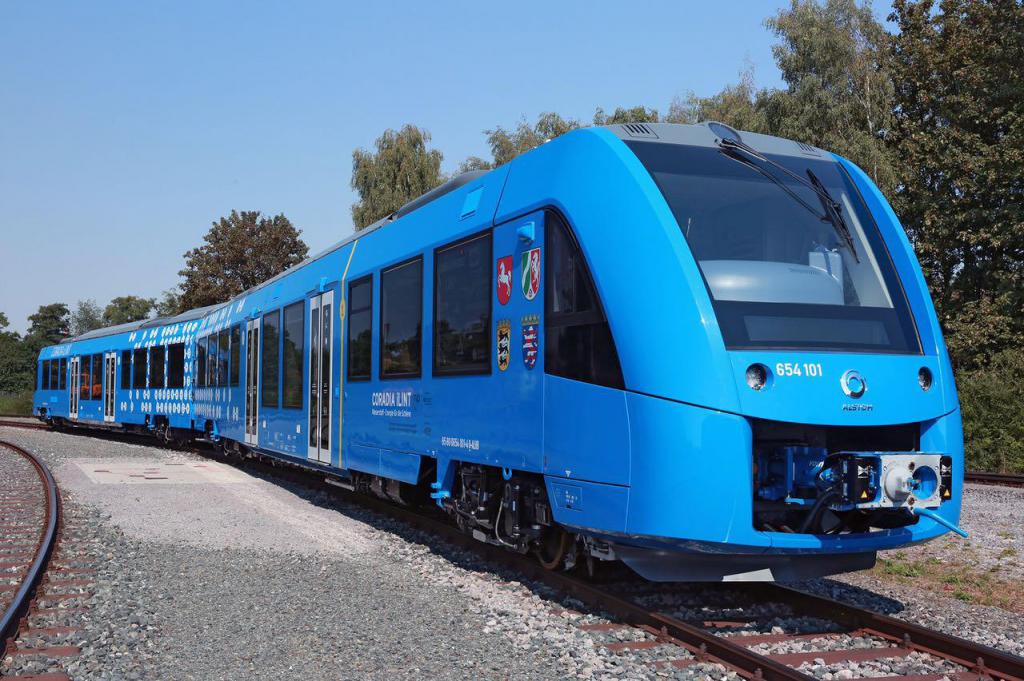Uzbekistan occupies 37th place in the world in the total length of the railway network. Quite a good indicator, especially when you consider the climatic and landscape conditions of the state. In this article, we will tell you in detail about the history, current status and rolling stock of the Uzbek railway.
A bit of history
Rails and sleepers arrived in Central Asia relatively late - only in the 1880s. It all started with the Trans-Caspian Railway, three quarters of which are now located in neighboring Turkmenistan. The branch was of great military strategic importance to the Russian Empire, and this engineering miracle made an indelible impression on the local residents.
The first train entered the territory of modern Uzbekistan in 1888 (from the side of Turkmenabad). The railway came to the capital much later - in 1899. At the beginning of the twentieth century, the construction of the Orenburg-Tashkent highway begins, but most of it today passes through the vastness of Kazakhstan.
In the period of the USSR, there was a single Central Asian railway, which connected the networks of all Central Asian republics. Moreover, her management was located in Tashkent. In the postwar years, the Uzbek railway was replenished with a number of new highways: Salar - Barrage, Chardzhou - Kungrad, Jizzak - Mehnat, Nukus - Chimbay and others. In the 70s, active electrification of the railway began.
Uzbek railway: current state
The country's railway network (local name is “Uzbekistan Temir Yullari”, abbreviated as UTI) is one of the most actively built in the post-Soviet space. Judge for yourself: almost 17% of its length was built during the independence of the state.
The total length of the Uzbek railway is about 7,000 kilometers. By this indicator, by the way, only four countries of the former USSR are ahead of Uzbekistan. These are Belarus, Russia, Ukraine and Kazakhstan. About 1,600 kilometers of railways are electrified in Uzbekistan, which is also a pretty good indicator.
Thus, Uzbekistan can itself be considered a full-fledged railway state. Moreover, unlike many other post-Soviet countries, the Uzbek railway continues to develop today. So, in 2017, the construction of the railway from Bukhara to Miskin was completed. By the end of 2018, it is planned to complete the line connecting the city of Kitab with Tashkent. Updating tracks and purchasing modern electric locomotives allows trains to reach speeds of up to 150 km / h.
What routes of the Uzbek railway are the most popular and in demand? What settlements are the main railway nodes of the country? Read about it later.
Uzbek railway: routes and main junctions
For more than a century, the railways of Central Asia have developed as a single system. At first - within the borders of the Russian Empire, and then - as part of the Soviet Union. With the collapse of the latter, in the early 1990s, it turned out that some routes now run through the territories of other countries, in particular Turkmenistan and Tajikistan. This created a lot of problems for the transport infrastructure of the young state.
Today, the railway network covers almost all the densely populated regions of the country. The most saturated passenger traffic is observed in the segment connecting Tashkent and Samarkand. No less popular routes: Tashkent - Bukhara and Bukhara - Samarkand. There are flights running from Tashkent to Moscow and Saratov.
The largest railway junctions in Uzbekistan are Tashkent, Andijan, Samarkand, Jizzakh, Navoi, Termez, Karshi and Nukus. A map will help you make a more detailed picture of the railway system of this country.
Rolling stock
UTI has a diverse and relatively decent fleet of passenger trains. Every day they make dozens of flights, connecting the largest cities of the republic. Let's list the main ones:
- Afrosiab - Spanish high-speed trains in the amount of six pieces. They reach speeds of up to 230 km / h (in separate sections). They ply on the routes Tashkent - Bukhara and Tashkent - Samarkand - Karshi.
- "Sharq" is a company express connecting the most ancient cities of Uzbekistan - Tashkent, Samarkand and Bukhara. It speeds up to 160 km / h.
- Nasaf is a branded electric train that has been operating since Tashkent on the route Tashkent - Kitab since 2007. One train is designed for 252 passengers.
- Night trains - connect the capital and the most remote cities of the country (Termez, Urgench, Nukus and others). All cars in these trains are equipped with beds. The speed is small - no more than 140 km / h.
- "Afsona" is a new tourist train, existing since 2013. Its main goal is to connect the southern and northern regions of the country, contributing to the development of domestic tourism. However, it does not run regularly, but by prior request.

It is important to note that rail transport in Uzbekistan is quite an expensive pleasure. One trip by train in this country will cost much more than on a bus. Uzbek cars are mostly old and not very clean. Passengers can use different class cars: coupes, reserved seats and SV. Air conditioners are only in the latter. In Uzbek trains, the practice of stowaway with a hare is widespread.